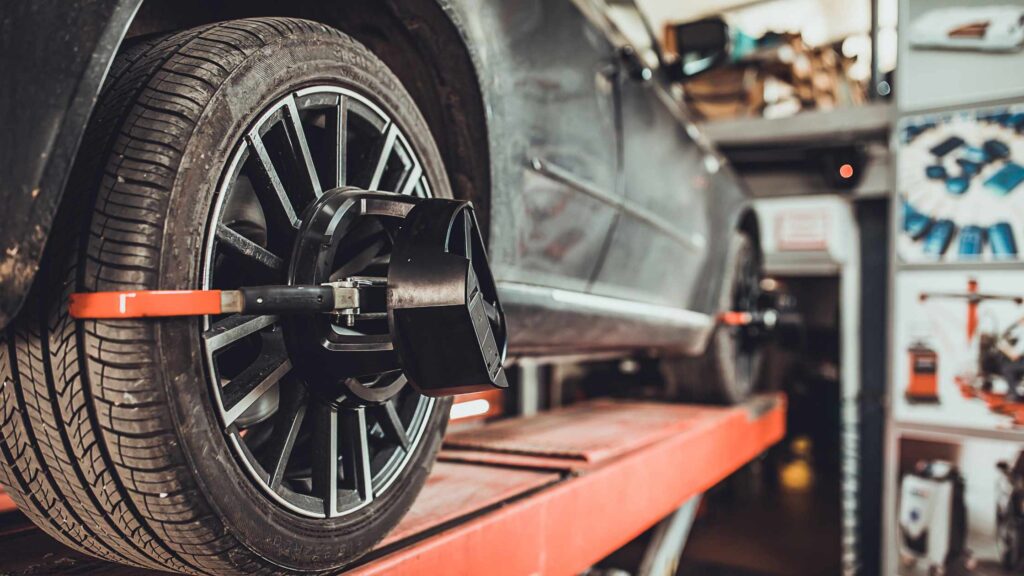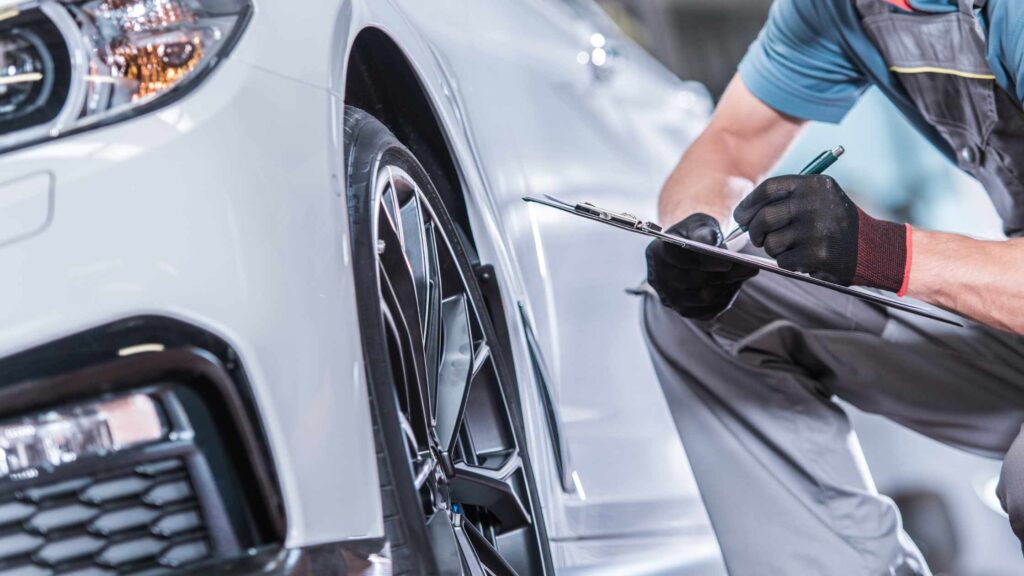Introduction
Wheel alignment is an important aspect of car maintenance often overlooked by many car owners. Proper wheel alignment plays a crucial role in improving handling and extending the life of your tires. In this article, we will explore the art of proper wheel alignment, its benefits, and how to ensure your car’s wheels are aligned correctly.
Understanding Wheel Alignment
Before delving into the art of wheel alignment, it is essential to understand what it entails. Wheel alignment refers to the adjustment of the angles of the wheels to ensure they are perpendicular to the ground and parallel to each other. When a car’s wheels are not aligned correctly, it can lead to uneven tire wear, poor handling, and decreased fuel efficiency.
Benefits of Proper Wheel Alignment
- Improved Handling: Proper wheel alignment greatly enhances the handling of your vehicle. When the wheels are aligned correctly, the car will respond better to steering inputs, providing a smoother and more controlled driving experience.
- Extended Tire Life: One of the most significant advantages of proper wheel alignment is the extended life of your tires. When the wheels are aligned correctly, the tires wear out evenly, preventing premature wear and extending their lifespan.
- Fuel Efficiency: Misaligned wheels can cause increased resistance and drag, resulting in decreased fuel efficiency. By aligning the wheels properly, you can reduce these effects, improving your car’s gas mileage.
- Reduced Vibration: Misalignment often leads to vibrations in the steering wheel or throughout the vehicle. Proper wheel alignment eliminates these vibrations, ensuring a comfortable and smooth ride.
Signs of Misaligned Wheels
It is essential to keep an eye out for signs of misaligned wheels to address the issue promptly. The following are common indicators of misalignment:
- Uneven Tire Wear: Uneven wear patterns on the tire treads, such as excessive wear on the edges or center, can indicate misalignment.
- Vehicle Drifting: If your car pulls to one side or drifts away from a straight path, it may be an indication of wheel misalignment.
- Vibrations: Vibrations in the steering wheel or the entire vehicle, especially at high speeds, can be a sign of misaligned wheels.
- Squealing Tires: Misalignment can cause the tires to squeal, especially during turns or when taking corners.
If you notice any of these signs, it is crucial to have your car’s wheel alignment checked by a professional.
Wheel Alignment Methods
There are three primary methods used for wheel alignment:
- Front-end Alignment: This method aligns only the front wheels. It is suitable for vehicles with a solid rear axle but may not address alignment issues in the rear wheels.
- Rear-end Alignment: Rear-end alignment aligns only the rear wheels. It is commonly used for vehicles with a solid rear axle.
- Four-wheel Alignment: Four-wheel alignment is the most comprehensive method that aligns all four wheels independently. It is ideal for most modern vehicles with independent suspension systems.
It is crucial to consult your car’s manual or a professional mechanic to determine the appropriate alignment method for your vehicle.
Wheel Alignment Frequency
The frequency of wheel alignment largely depends on various factors, including your driving habits, road conditions, and the type of vehicle you own. As a general rule of thumb, it is recommended to have your wheel alignment checked every 6,000 miles or every six months, whichever comes first. However, it is important to note that certain situations may require more frequent alignment checks, such as hitting a curb or pothole or experiencing significant suspension modifications.
Conclusion
Proper wheel alignment is an art that offers numerous benefits, including improved handling, extended tire life, and increased fuel efficiency. By understanding the signs of misaligned wheels and the different alignment methods available, you can ensure your vehicle’s wheels are aligned correctly. Regular alignment checks and adjustments are essential for maintaining optimal performance and maximizing the lifespan of your tires. Invest in the art of proper wheel alignment, and experience the difference it can make in your driving experience.







